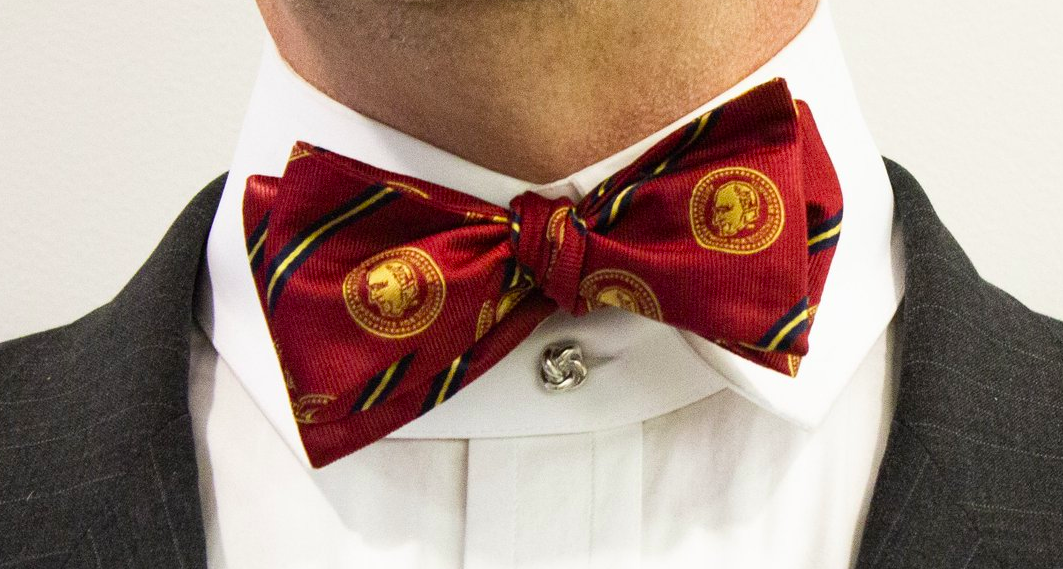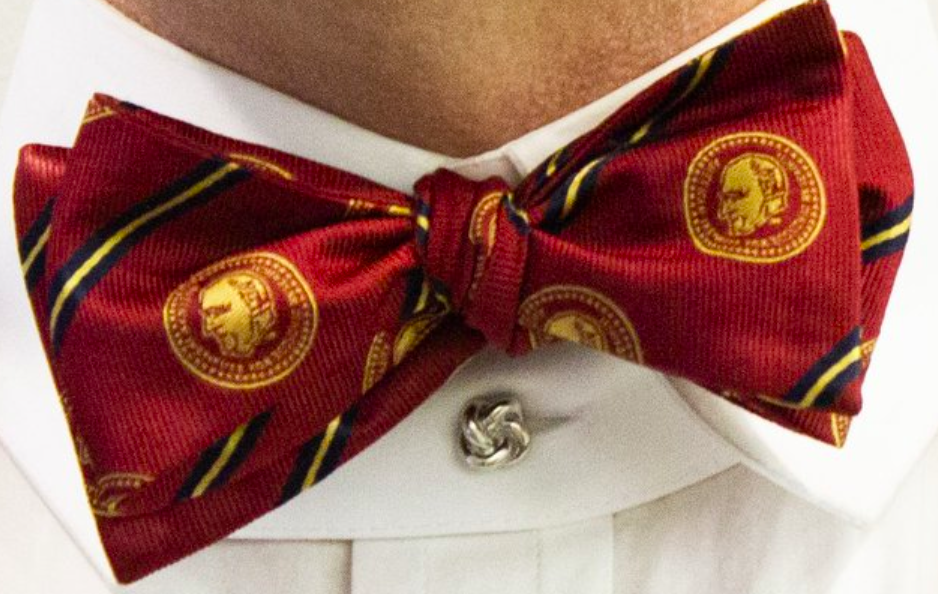The Bow Tie Built Wall Street
The 1970s weren’t the best for men’s fashions. Patchwork platform shoes. Low waists. Big bells. Wide ties. The leisure suit. Even now, when every day is dress-down day and suit sales continue their precipitous decline, we look back and wonder what went wrong.
In those days, John T. Mollow’s Dress for Sucess attempted to save the day for dignity and decorum. His book came appeared in 1975. He took a peculiar route for a book about fashion: he claimed to be doing science. His surveys showed that people who wear all the fashionable nonsense are not generally trusted in business. If you want to achieve by inspiring confidence in others, you need a more traditional approach.
A decade later, he got his way. The traditional suit made a huge comeback (and this will surely happen again). The fashions of the 1970s disappeared, mercifully. There is no way to prove it but I suspect Mollow’s book had something to do with it.
There were limitations to Mollow’s methods. His focus on science instead of aesthetics and history created certain blind spots. I’m thinking in particular about the bow tie. His criticism was brutal. He said people don’t trust those who wear them. They are disturbers of the peace, even bomb throwers. Never wear one to a job interview or even a job. They belong on circus clowns and no one else.
So proclaimed Mollow.
I had read this book when I was 16 years old, and his denunciation of the bow tie stuck with me. The men’s store in which I worked did not carry them. Later I moved to another store with a more traditionalist ethos. A box of them arrived as part of a shipment of the new Fall fashions. I bought one and put it on (eternal thank you to the older gentlemen who taught me how to tie it). I looked in the mirror and liked its boldness, its slight sense of daring to step outside of the norm. Plus, it stayed out of the way as you worked. (My mother later revealed to me that she dressed me exclusively in bow ties as a little boy.)
That moment was it for me. The bow tie would be my choice, not only for that job but for life. As the years went on, the bow tie became ever more fashionable. Steve Jobs in those days wore a bow tie, as did a growing list of academics, entertainers, public intellectuals, and entrepreneurs. Thinking back to the reemergence of the bow tie in those days, the ethos was both nostalgic (Fred Astaire looked great!) and forward-looking (let’s do something truly different).
What I hadn’t known then and only recently discovered is that the bow tie was a leading choice in the mid-century building of Wall Street. It symbolized not only success but heightened competence and even mastery. I’m grateful to my colleague Pete Earle who collects books about old Wall Street. One page contained this lineup of the presidents of the New York stock exchange from 1852-1867. Here is revealed the deeper history of the bow tie.
Which gets us to the new bow tie, made of 100% silk, designed and made exclusively for the American Institute of Economic Research. The design began with a gold coin that had been minted in the 1980s to honor our founder Edward C. Harwood. We added a navy and gold rep stripe. We choose the shade of red to be darker, rich, with just a hint of iron to suggest Gilded-Age prosperity. We made sure that the details were sewn in gold and not short-changed with a stamp, as many ties are today.
Unlike in the mid 19th century, we have the technology to produce these rich, beautiful colors and designs today. We wanted to make the best of the best, suitable to honor E.C. Harwood’s achievements and highlight the mission and purpose of the institution he founded.
The results are fabulous. I’ve owned mine for 5 days now and worn only this tie – a first for me. I’ve come to love its history, majesty, and elegance. (Yes, we offer the same design in a conventional tie as well.)
We are proud to offer this to you as a supporter of sound money, free markets, and seriousness of life purpose. The bow tie helped build the early years of Wall Street. Maybe it can assist in re-building the ethos of prosperity and success in the 21st century.
With apologies to John T. Molloy, maybe he was right in 1975. Not so today.












